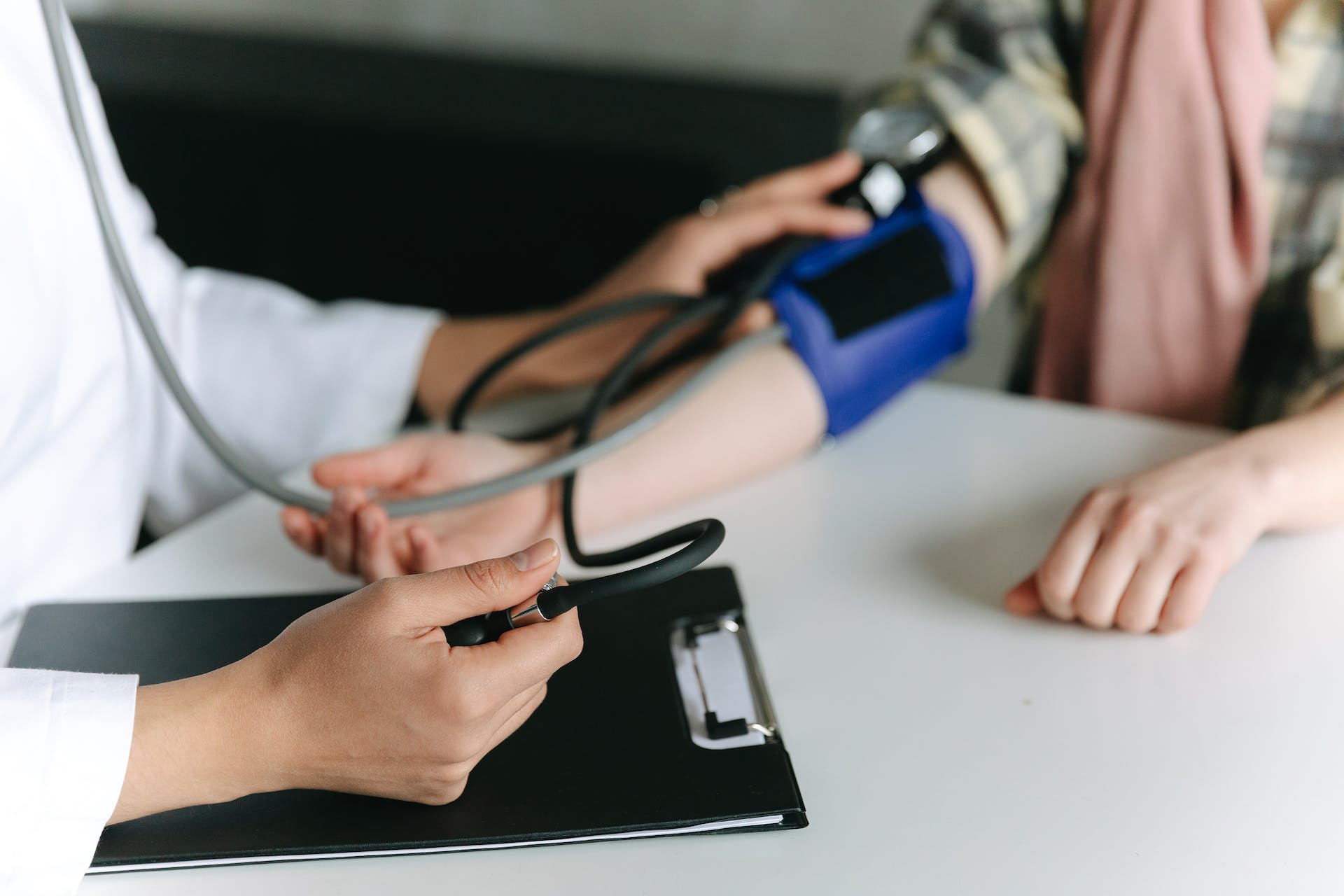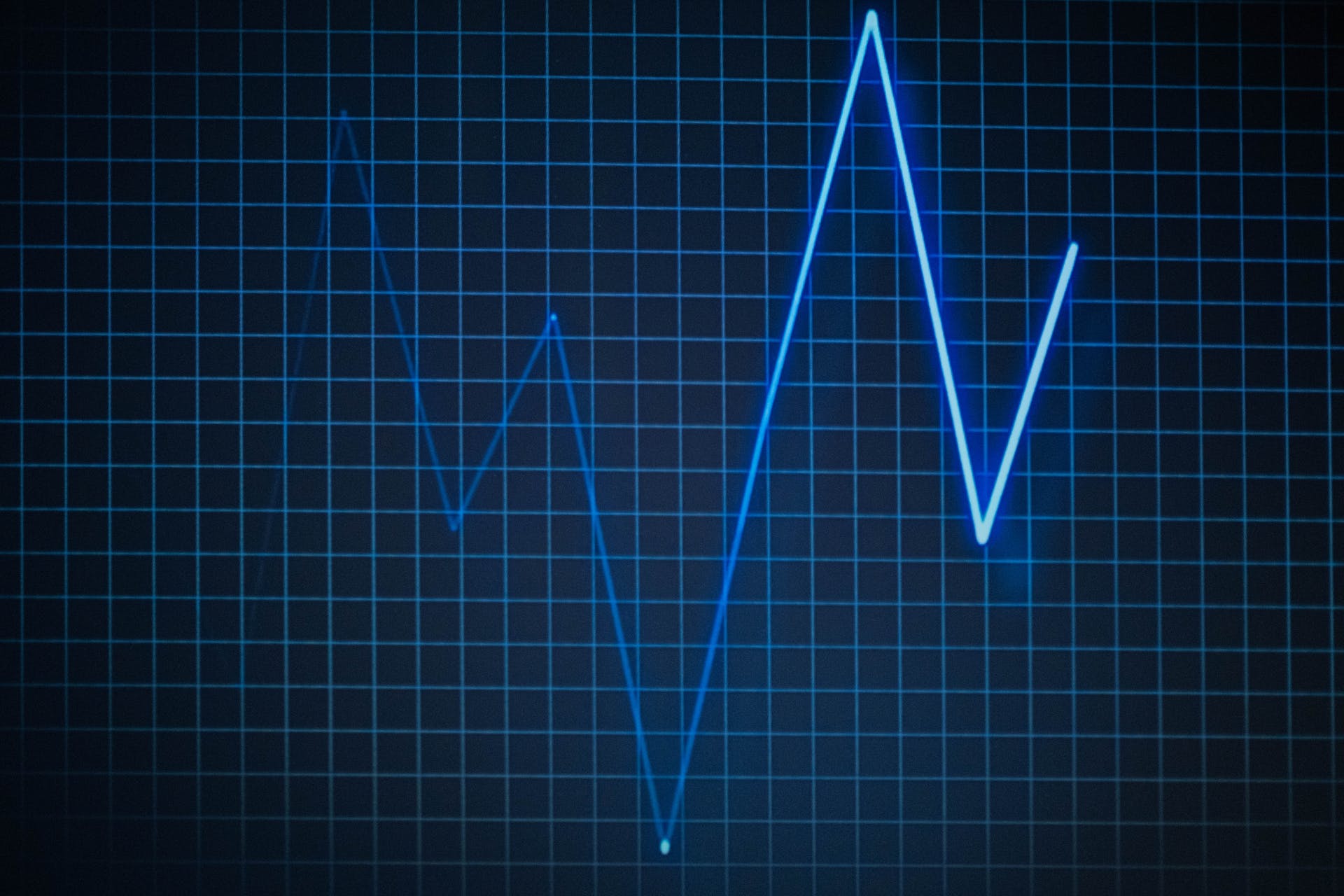High blood pressure often has no obvious symptoms.
However, in some cases, some of the following symptoms may occur:
Headache
Dizziness or vertigo
Nosebleed
Difficulty breathing
Chest pain
Palpitations
High blood pressure causes serious health hazards, which may include the following:

Genetic factors
Age factor
Unhealthy eating habits
Lack of exercise
Obese or overweight
Life is stressful
Drinking and smoking
Diabetes and other chronic diseases

Blood pressure can be measured by using a sphygmomanometer.
Usually consists of two numbers, systolic blood pressure and diastolic blood pressure.
Systolic blood pressure is the pressure exerted by the blood on the artery walls when the heart contracts, and diastolic blood pressure is the pressure when the heart relaxes.
Blood pressure measurements should be taken in a sitting or standing position and at rest.

Normal blood pressure should be systolic blood pressure less than 120 mmHg and diastolic blood pressure less than 80 mmHg.
If your blood pressure is outside this range, especially if it is consistently above this range, monitoring and treatment may be needed to prevent the risk of cardiovascular disease.
Maintain healthy eating habits, such as the DASH eating plan
Increase physical activity, especially aerobic exercise
Control your weight and maintain a healthy weight
Reduce salt intake
Avoid drinking too much alcohol
Manage stress appropriately
Monitor blood pressure regularly

By adopting a healthy lifestyle and controlling related factors, such as a reasonable diet, moderate exercise, reducing stress, etc., the occurrence of high blood pressure can be effectively prevented.
Early detection of high blood pressure and control measures, such as medication and lifestyle changes, are key to preventing the serious consequences of high blood pressure. Therefore, preventing high blood pressure is better than treating it.